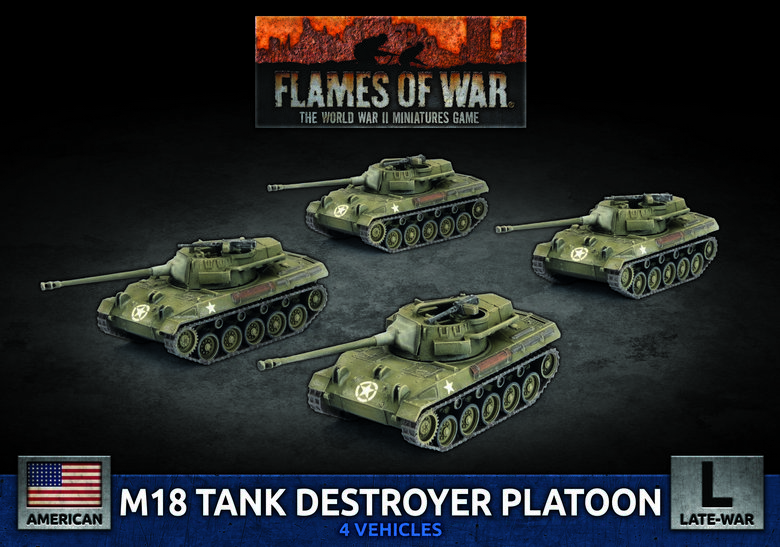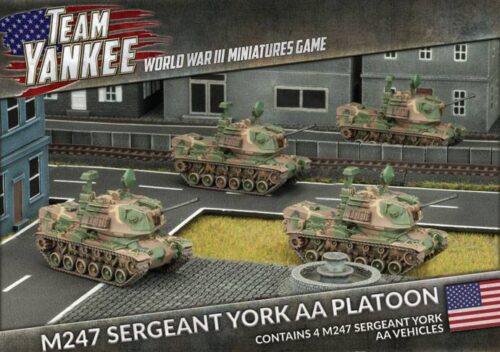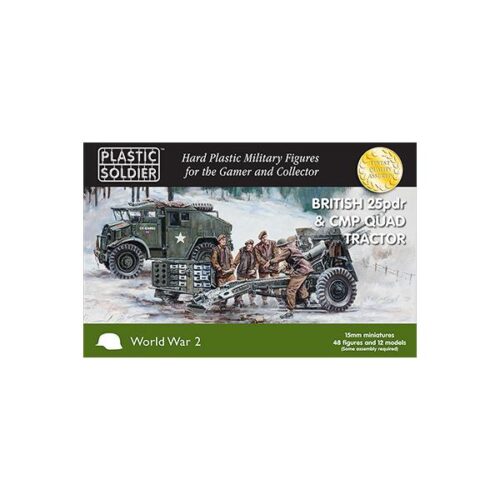Descripción
The M18 was the final result of a rather long-winded development process for a fast lightweight Tank Destroyer.
Initial inception (1941) called for a GMC mounting a 37mm gun on a Christie Suspension chassis (as found on the Soviet BT5, BT7 and T-34s and some British Cruisers), but as development went on the gun got more powerful.
It transformed through the M1 57mm, M1 75mm and finally the M1 76mm. The chassis was not untouched by this process; the Christie suspension was discarded in favour of a torsion bar system.
In 1942 the final development model, the T70 GMC was accepted. It was adopted and re-designated the M18 GMC and popularly nicknamed “Hellcat” and went into production in July 1943 at the Buick factory.
It proved an agile and fast vehicle with an excellent power-to-weight ratio. The 76mm gun gave it enough punch to defeat all but the most heavily armoured Axis vehicles. Its manoeuvrability allowed it to out flank those it couldn’t take on frontally.
They saw service in both north-west Europe and Italy from 1944 utilising “hit and run” tactics with great success, losing relatively few vehicles in comparison to their kills.
The M18 had a crew of 5 (commander, driver & 3 gunners) and weighed a mere 40,000lb (16.4 US tons, 14.9 metric Tonnes). It had a maximum speed of 50mph (80kph) and could travel cross-country at 20mph (32kph).
It carried 45 rounds of 76mm ammunition as well as a further 800 rounds for its .50cal AA machine-gun.
The M4A3E8, better known as the Easy Eight, marked the pinnacle in the Sherman design. Essentially the same as the M4A3 (76mm), the Easy Eight model introduced a new track and suspension system.
The Horizontal Volute Suspension System (HVSS, for short) made it much easier to replace damaged road wheels and a new wide track was developed to improve the tank’s offroad performance. Together this gave the Sherman a much improved ride and far better flotation over soft ground.
The M4A3E8 Easy Eight entered service in late December 1944 during the fighting in the Ardennes and served admirably to the end of the war. It continued to serve in the US Army until 1955.





